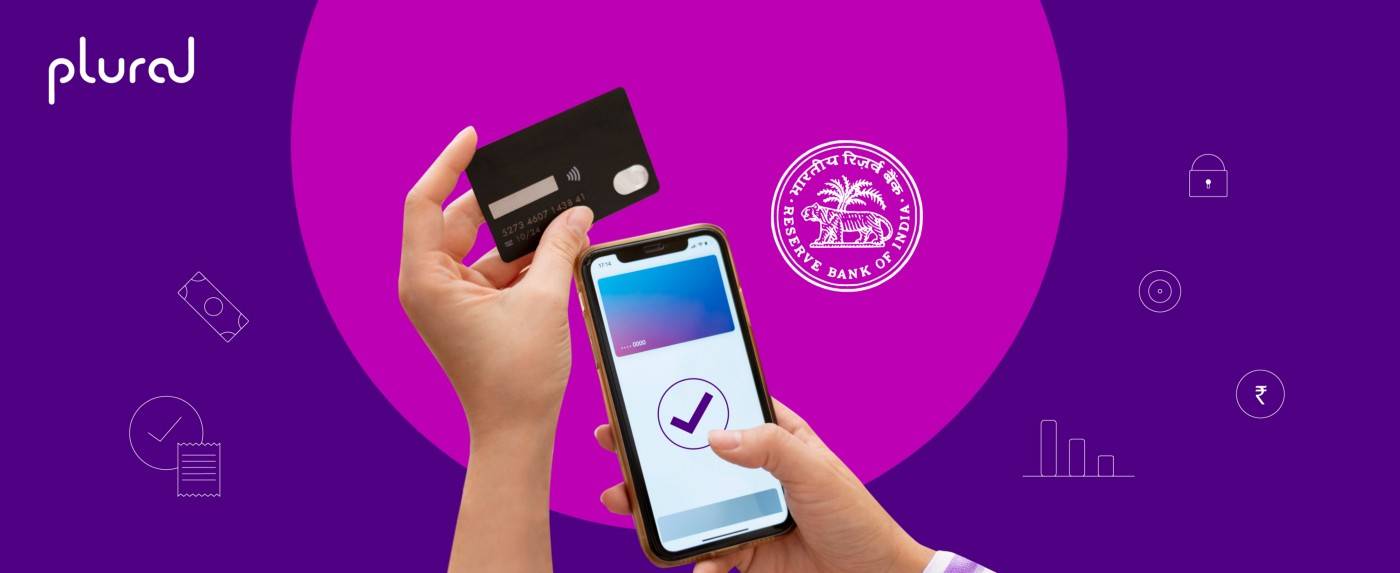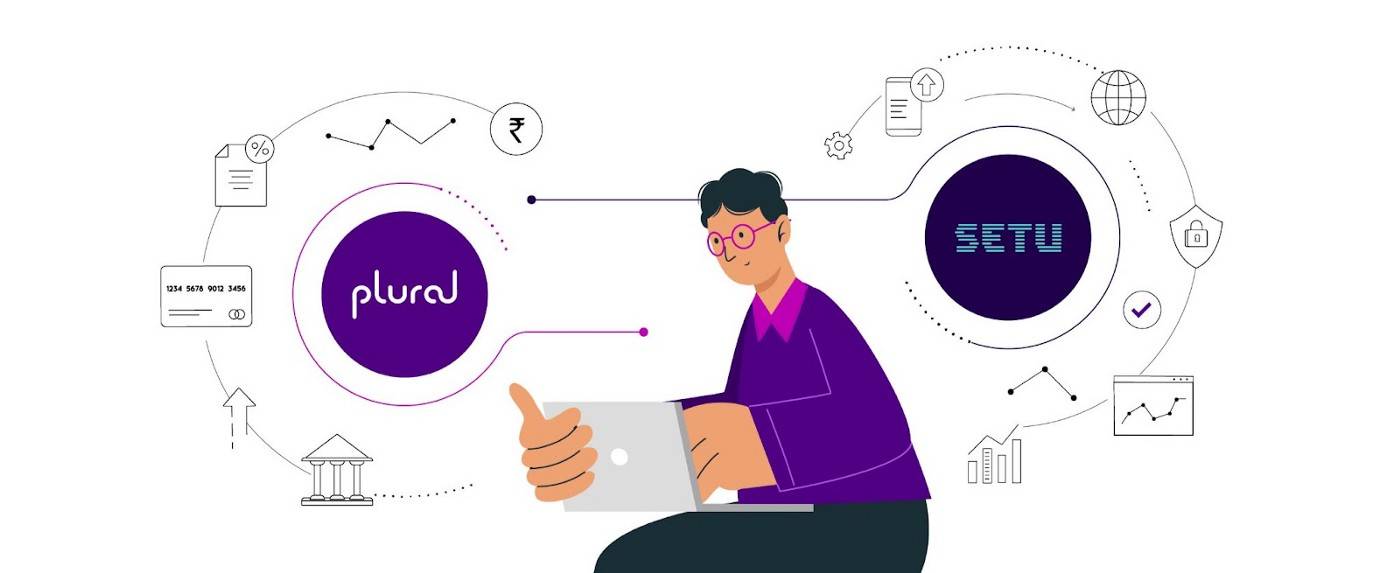This morning when I went for a walk, I picked up some apples from my local street fruit vendor, paid him through my mobile phone and went on with my day. I didn’t stop to think of looking for change in my wallet or whether this micro-business would accept a digital payment — something unheard of a decade ago. That’s how deep digital payments has seeped and how far India has progressed on that front. We have one of the most modern payment systems in the world. Not just modern, our payments system is safe, reliable, accessible, and affordable to the common man, thanks to the financial infrastructure of our country, the technology stack, and government policies.
The Reserve Bank of India (RBI) recently shared the Payments Vision 2025 that lays down the roadmap for the next 3 years. It’s extensive and anchors around five main goalposts. Before we dive into it, let’s look at the achievements of the Payments Vision 2019–21.
Achievements of Payments Vision 2019–21
The Payments Vision 2021 aimed to empower every Indian with access to a bouquet of e-payment options that is safe, secure, convenient, quick, and affordable. It had set four goalposts of competition, cost, convenience, and confidence. Some of the highlight achievements have been:
- ‘On tap’ authorization for payments systems
- Internationalisation of domestic payment systems
- Availability of NEFT, RTGS and National Automated Clearing House (NACH) on 24x7x365 basis,
- Increased limits for contactless transactions
- A 24×7 helpline for digital payment services, etc.
- A Centralised Payments Fraud Information Registry (CPFIR),
- Reduced usage of paper instruments, registering a decline from 3.83% to 0.88% in terms of volume and from 19.62% to 11.47% in terms of value in total retail payments.
- An 500% increase in merchants accepting digital modes of payments by Sept 2021 as compared to March 2019
- Relaxation of Additional Factor of Authentication (AFA) requirements for small value card present transactions
Introducing Payments Vision 2025
With many wins under its belt, the Reserve Bank of India (RBI) recently released the Payments Vision 2025 with the core theme — E-Payments for Everyone, Everywhere, Every time. The vision statement is to Provide every user with Safe, Secure, Fast, Convenient, Accessible, and Affordable e-payment options.

The payments vision 2025 is a step to elevate our payment systems further to empower users with affordable, and accessible payment options. The five goalposts are Integrity, Inclusion, Innovation, Institutionalisation, and Internationalisation. Here are the highlights under each goalpost.
Integrity
- Build alternate authentication mechanism(s) for digital payment transactions like biometrics, location / historical payments, in-app notifications, digital tokens, etc. to mitigate the risks associated with the existing OTP-based authentication
- Broaden the use of Legal Entity Identifier (LEI) in payment activities to encourage faster tracking of payments
- Explore the possibility of extending tap-and-go features and interoperability for contactless transit card payments in offline mode
- Enhance scalability and resilience of payment systems through initiatives like developing a system of liquidity bridge for seamless transfer of funds, reviewing the frequency of batches in National Electronics Funds Transfer (NEFT) to reduce settlement risk and improve efficiency, etc.
- Explore the feasibility of using the Online Dispute Resolution (ODR) system to mitigate fraudulent transactions
- Review the possibility of using the Central Payments Fraud Information Registry (CPFIR) with other fraud reporting solutions to create a single platform for real-time reporting and resolution
Inclusion
- Examine the feasibility of geo-tagging payment transactions
- Conduct a comprehensive review of Prepaid Payment Instruments (PPIs) for enhanced security
- Bring together payment intermediaries including offline payment gateways under the direct regulation of the RBI
- Make enhancements to Cheque Truncation System (CTS) to improve cheque processing efficiency by moving from the current architecture of three regional grids to ‘One Nation One Grid’, to reduce risk and enable faster realisation of funds to customers, through ‘on-realisation settlement’ models
- Extend trading hours in the money and capital markets to enable longer market availability for trading and settlements, since the NEFT and Real-Time Gross Settlement (RTGS) payment systems now operate on a 24x7x365 basis
- Implement suitable inclusion policies, standardization of icons, and text-to-voice features to ease difficulties faced by the differently abled and visually challenged
Innovation
- Facilitate framework for Internet of Things (IoT) payments covering identity verification, security, authentication etc.
- Migrate all RBI-operated payment system messages to the International Organization for Standardization (ISO) 20022 to ensure greater interoperability between systems in different jurisdictions
- Explore the feasibility of linking credit card components of banking products to UPI to offer greater convenience in making payments through UPI
- Create a payments system to process online merchant payments using internet / mobile banking to reduce delays in merchant settlements
- Organise RBI’s first global payments hackathon along with conferences and competitions to foster innovation & exchange of ideas
- Explore alternatives to the Indian Financial Systems Code (IFSC) for collecting beneficiary bank details to make fund transfers hassle-free and convenient for users
- Review of Buy Now Pay Later (BNPL) guidelines
Institutionalisation
- Comprehensively review the Payments and Settlement Systems (PSS) Act and corresponding regulations to keep up with the fast-evolving payments systems
- Possibly introduce a National Card Switch to process payments at Point-of-Sale (PoS) terminals to bring in innovation and foster competition
- Continue active participation in various international standard-setting bodies relevant to payments to enhance the payments ecosystem
Internationalisation
- Streamline the RTGS system, which currently settles domestic funds transfers with internationally accepted standards of cross-border transfers
- Explore maintaining accounts with other central banks to facilitate direct remittances in foreign currencies
- To boost trade payments and peer-to-peer payments between India and Nepal using the NEFT system, the per transaction cap has been increased from ₹ 50,000 to ₹ 2 lakh and the cap of 12 remittances in a year per remitter was removed.
- Explore implementing 2FA for cross-border transactions
- Include the Indian Rupee (INR) as a currency in the Continuous Linked Settlements (CLS), an initiative associated with the settlement of foreign exchange trade
- Explore the introduction of Central Bank Digital Currency (CBDC) in India to bring in further efficiencies in domestic and cross-border payment processing and settlement
Potential Impact on Payment Gateways (PGs) and Payment Aggregators (PAs)
What can PAs & PGs expect in the coming future?
- The possibility of a parallel system to process merchant transactions may adversely affect PGs and PAs
- PGs and PAs may also need to offer faster credit to merchants at lower costs to stay competitive
- Expect fresh technology-related RBI guidelines and mandates for PGs and PAs in the near future
- Payment gateways will need to make changes to infrastructure and technology to enable international transactions
- Digital payment charges may undergo a review as the RBI wants to minimise deterrents to digital payments

What can businesses expect in the coming future?
1. BNPL regulations
2. Enhanced payment experience on UPI using credit cards
With the 3-year plan in place and a strong emphasis on digitisation, businesses will be encouraged to accept digital payments. If you’re looking to digitise your payments, we’ve got you.
At Plural, we’re fully equipped to keep up with the changing regulations and rising marketplace trends. Pine Labs Private Limited, our parent company has received an in-principle authorisation from the Reserve Bank of India (RBI) to operate as a Payment Aggregator. Combining this with our omni-channel presence both in the offline space (as Pine Labs) and online presence (as Plural), we’re well-positioned to meet our customers’ business needs.
Plural Payment Gateway enables businesses with multiple payment sources including, debit and credit cards, net banking, UPI, and EMI options. Write to us at pgsupport@pinelabs.com to get started!

Amrita Konaiagari is a Marketing Manager at Plural by Pine Labs and Editor of the Plural blog. She has over 10 years of marketing experience across Media & Tech industries and holds a Master’s degree in Communication and Journalism. She has a passion for home décor and is most definitely a dog person.



